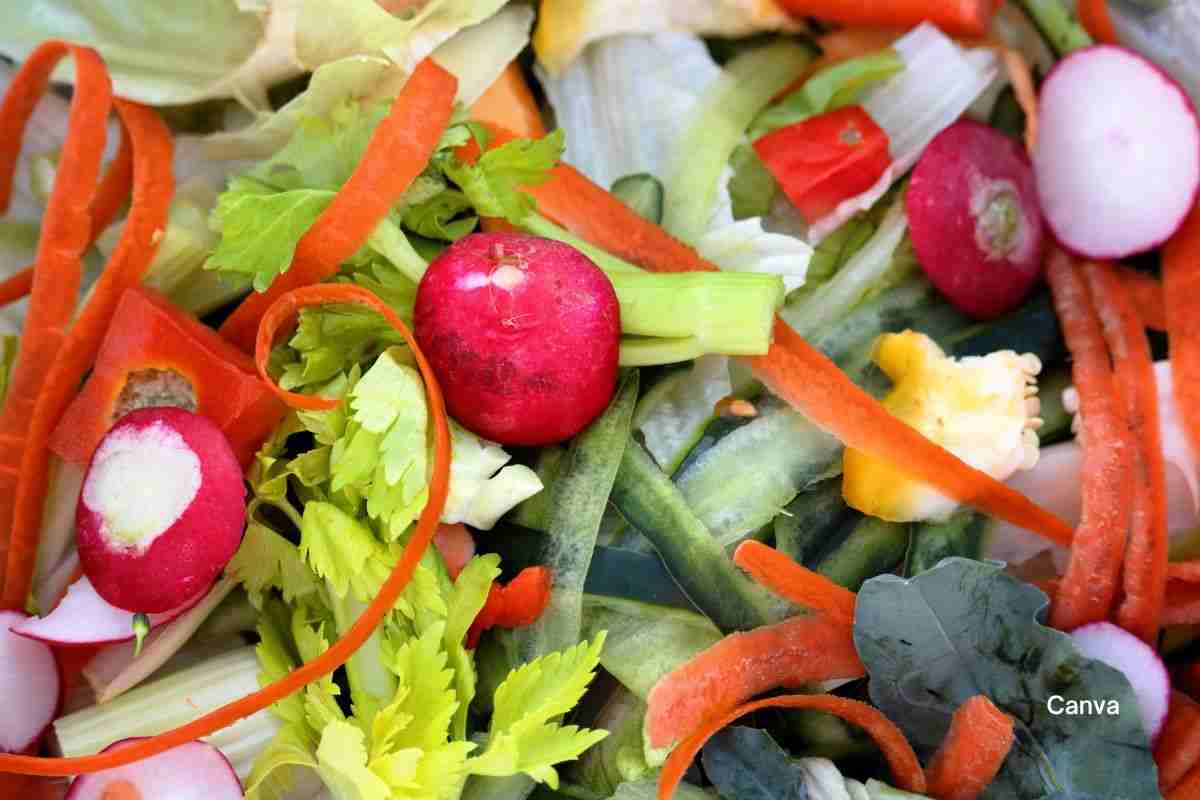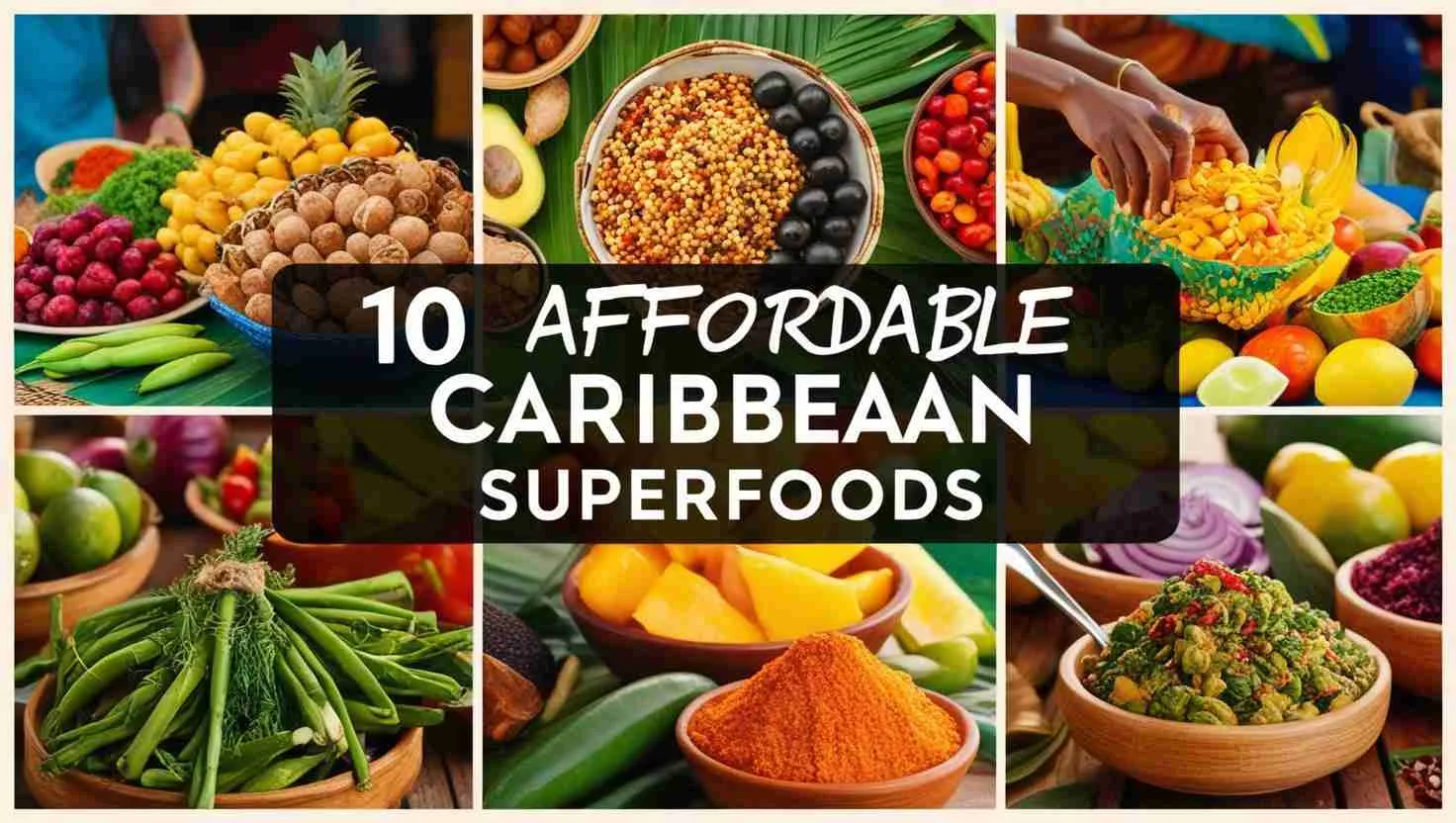Transforming Trash: The Power of Food Scraps
Food scraps, often relegated to the trash, hold immense potential for a sustainable future. Hidden within these culinary castoffs lies a wealth of resources waiting to be tapped. From transforming them into nourishing meals and nutrient-rich compost to creating natural beauty products and effective cleaning solutions, the possibilities are endless.
By embracing a circular approach to waste, we can reduce our environmental impact, save money, and enhance our overall well-being. Let’s explore the innovative ways to unlock the power of food scraps and embark on a journey towards a greener, more sustainable world.
The problem of food waste and its impact on the environment
The issue of food waste is a global challenge with far-reaching environmental consequences. Astonishingly, a significant portion of the food produced worldwide ends up in the trash, contributing to a host of ecological problems.
When food decomposes in landfills, it releases methane, a potent greenhouse gas with a far greater warming impact than carbon dioxide. This contributes to climate change and accelerates global warming. Moreover, the cultivation of crops requires vast amounts of water, land, and energy resources. Wasting food equates to squandering these precious commodities.
Beyond the environmental impact, food waste also has economic implications. Farmers, retailers, and consumers incur significant losses due to food that is never consumed. This inefficiency hinders economic growth and perpetuates poverty in certain regions.
Addressing food waste is crucial for building a sustainable future. By minimizing food waste, we can conserve resources, reduce greenhouse gas emissions, and support a more equitable food system.

Understanding the value of vegetable scraps
Often overlooked, vegetable scraps harbor a wealth of nutrients and potential. These discarded remnants are not merely waste but valuable resources that can be repurposed in various ways.
Nutrient-Rich Treasure Trove:
- Vitamins and minerals: Many vitamins and minerals are concentrated in the peels and outer layers of vegetables.
- Fiber: Vegetable scraps are excellent sources of dietary fiber, essential for gut health.
- Phytochemicals: These compounds offer antioxidant and anti-inflammatory benefits, promoting overall well-being.
Environmental Benefits:
- Compost gold: Vegetable scraps are the foundation of rich compost, a natural fertilizer that improves soil health and reduces the need for chemical fertilizers.
- Reduced landfill waste: By composting or repurposing scraps, we divert organic matter from landfills, reducing methane emissions and conserving space.
- Water conservation: Healthy soil, enriched by compost, retains moisture better, reducing the need for excessive watering.
By recognizing the value hidden within vegetable scraps, we can transform them from unwanted waste into precious assets for both our health and the environment.
Creative ways to use vegetable scraps in cooking
Don’t let those seemingly insignificant vegetable scraps go to waste! With a little creativity, they can transform your culinary game.
- Broth and Stocks: The backbone of many dishes, broths, and stocks can be crafted from a medley of vegetable scraps. Onion skins, carrot tops, celery leaves, and mushroom stems infuse rich flavor into your homemade creations.
- Pesto Power: Don’t discard those carrot tops or broccoli stems! Blend them with nuts, Parmesan cheese, garlic, and olive oil for a vibrant and nutritious pesto.
- Crispy Delights: Transform vegetable peels into delicious snacks. Potato skins are a classic but don’t shy away from experimenting with carrot, beet, or sweet potato peels. Toss them in olive oil, sprinkle with your favorite seasonings, and roast until crispy.
- Soups and Stews: Incorporate vegetable scraps to add depth and complexity to your soups and stews. Chopped broccoli stems, carrot peels and onion ends can be simmered in your favorite recipe for extra flavor.
- Pickled Perfection: Pickle vegetable scraps to give them a tangy twist. Cucumber peels, radish tops, or cauliflower stems can be transformed into crunchy and flavorful pickles.
- Smoothie Boost: Sneak in extra nutrients by adding vegetable scraps to your smoothies. Spinach stems, kale stalks or beet greens can be blended into a refreshing and healthy drink.
- Fermented Food: Embrace the world of fermentation by using vegetable scraps to create sauerkraut, kimchi, or pickles. These probiotic-rich delicacies are not only delicious but also beneficial for gut health.
Remember, experimentation is key! Don’t be afraid to try new combinations and discover your favorite ways to repurpose vegetable scraps.
Tips for storing and preserving vegetable scraps
Properly storing vegetable scraps is essential to maximize their potential. Here are some tips:
- Immediate Cleaning: While it may be tempting to save scraps for later, cleaning them immediately prevents mold and bacteria growth. A quick rinse and pat dry will extend their shelf life.
- Airtight Containers: Store cleaned scraps in airtight containers in the refrigerator. This helps maintain freshness and prevents odors from spreading.
- Freezing for Long-Term Storage: For larger quantities or to save scraps for later use, freezing is an excellent option. Place them in freezer-safe bags or containers, removing as much air as possible.
- Separate Veggie Types: Consider storing different types of vegetable scraps separately to maintain flavor profiles when making stocks or broths.
- Avoid Mold and Spoilage: Regularly check your stored scraps for signs of mold or spoilage. Discard any contaminated items to prevent cross-contamination.
By following these tips, you can effectively store and preserve vegetable scraps, ensuring they are ready to be transformed into delicious creations or nutrient-rich compost.

Composting vegetable scraps for a sustainable garden
Composting vegetable scraps is a fantastic way to transform kitchen waste into a valuable resource for your garden. This organic matter-rich material provides essential nutrients to plants, improves soil structure, and promotes healthy soil ecosystems.
Building Your Compost Pile:
- Choose a location: Select a shaded, well-drained area for your compost pile.
- Create layers: Alternate layers of green materials (vegetable scraps, grass clippings) with brown materials (dried leaves, twigs, cardboard) to maintain the right balance.
- Maintain moisture: Keep your compost pile slightly moist, similar to a wrung-out sponge.
- Turn regularly: Turning your compost pile aerates it and speeds up the decomposition process.
- Patience: Composting takes time. Depending on factors like climate and materials, it can take several months to produce finished compost.
Compost Benefits:
- Nutrient-rich soil: Compost improves soil fertility by providing essential nutrients like nitrogen, phosphorus, and potassium.
- Water retention: Compost helps soil retain moisture, reducing the need for frequent watering.
- Soil structure: It improves soil structure by increasing aeration and drainage.
- Suppressed pests and diseases: Healthy soil is less susceptible to pests and diseases.
- Reduced waste: Composting diverts organic waste from landfills, reducing environmental impact.
By incorporating compost into your garden, you’ll create a thriving ecosystem that supports healthy plant growth and contributes to a more sustainable environment.
DIY beauty and skincare products using vegetable scraps
Vegetable scraps aren’t just for the compost bin; they can also be transformed into luxurious and effective beauty products. Packed with vitamins, minerals, and antioxidants, these natural ingredients can nourish and rejuvenate your skin and hair.
Skin Care
- Cucumber Peel Toner: Rich in antioxidants, cucumber peels can help soothe and hydrate the skin. Blend cucumber peels with rose water for a refreshing toner.
- Banana Peel Face Mask: Banana peels contain natural oils and enzymes that can help moisturize and brighten the skin. Mash a ripe banana peel and apply it to your face as a mask.
- Potato Peel Eye Treatment: Potato peels have anti-inflammatory properties that can help reduce puffiness and dark circles. Grate a potato peel and place the pulp on your eyes for a cooling and soothing treatment.
- Carrot Peel Scrub: Carrot peels contain alpha-hydroxy acids (AHAs) that can help exfoliate and brighten the skin. Combine grated carrot peel with honey and sugar for a gentle scrub.
Hair Care
- Avocado Peel Hair Mask: Avocado peels are rich in vitamins and fatty acids that nourish and hydrate hair. Blend avocado peels with coconut oil and honey for a deep conditioning treatment.
- Onion Peel Rinse: Onion peels contain sulfur, which can help strengthen hair and promote hair growth. Boil onion peels in water, let it cool, and use the water as a final rinse after shampooing.
Important Note: Always do a patch test before applying any new skincare product to your face. If you have any allergies or skin sensitivities, consult with a dermatologist.
By incorporating vegetable scraps into your beauty routine, you can not only reduce waste but also achieve natural and effective skincare results.
The benefits of using vegetable scraps in homemade cleaning products
Vegetable scraps are not just culinary castaways; they possess hidden cleaning superpowers. Harnessing their potential can lead to a cleaner, greener home.
- Cost-Effective: Transforming kitchen waste into cleaning products saves money on store-bought cleaners.
- Eco-Friendly: Reducing waste and using natural ingredients minimizes your environmental impact.
- Safe for Families: Homemade cleaners made from vegetable scraps are generally free of harsh chemicals, making them safer for children and pets.
- Versatile Cleaning Power: Different vegetable scraps offer various cleaning properties, from degreasing to disinfecting.
- Pleasant Scents: Many vegetable scraps release delightful aromas when used in cleaning products, leaving your home smelling fresh.
By embracing vegetable scraps’ cleaning potential, you can contribute to a healthier home and a more sustainable lifestyle.
Community initiatives and organizations promoting the use of vegetable scraps
Numerous communities and organizations are championing the cause of reducing food waste and maximizing the potential of vegetable scraps. These initiatives foster a sense of community, education, and environmental stewardship.
Community-Based Programs
- Community Gardens: Many communities have established gardens where residents can learn about composting, growing food, and utilizing vegetable scraps.
- Food Scrap Collection Programs: Some cities and towns offer curbside food scrap collection services, turning waste into valuable compost.
- Educational Workshops: Local organizations often host workshops on topics such as composting, cooking with scraps, and preserving food.
- Food Rescue Programs: These initiatives collect surplus food from grocery stores and restaurants, distributing it to those in need and reducing food waste.
Organizations Leading the Way
- The Compost Network: This organization promotes composting and food waste reduction through education, advocacy, and technical assistance.
- The Natural Resources Defense Council (NRDC): The NRDC works to reduce food waste and promote sustainable food systems.
- The Environmental Protection Agency (EPA): The EPA offers resources and support for communities interested in composting and food waste reduction.
- Local Food Banks and Charities: Many food banks and charities accept food scraps for composting or animal feed, reducing waste, and supporting their missions.
By supporting and participating in these initiatives, individuals can contribute to a more sustainable future while enjoying the benefits of repurposing vegetable scraps.

Conclusion: Embracing a sustainable lifestyle through the power of vegetable scraps
From the kitchen to the garden and even into our beauty routines and cleaning closets, vegetable scraps offer an abundance of untapped potential. By embracing a circular approach to waste, we can transform these often-discarded remnants into valuable resources that benefit both our personal well-being and the planet.
Whether it’s crafting delicious meals, nurturing our gardens, or creating natural products, the possibilities are endless. By reducing food waste, conserving resources, and supporting local initiatives, we contribute to a healthier planet and a more sustainable future. Let’s inspire others to join the movement and unlock the extraordinary power of vegetable scraps. Together, we can cultivate a world where waste is a thing of the past and abundance is the norm.
Source:
- https://www.usda.gov/foodwaste/faqs
- https://www.ucdavis.edu/food/news/why-is-one-third-of-food-wasted-worldwide#
- https://www.usda.gov/media/blog/2022/01/24/food-waste-and-its-links-greenhouse-gases-and-climate-change#
- https://www.imf.org/en/Blogs/Articles/2022/11/02/methane-emissions-must-fall-for-world-to-hit-temperature-targets#
- https://www.thekitchn.com/tip-save-vegetable-scraps-for-stock-67995
- https://globalfutures.asu.edu/waste-watchers/freezer-usage/#
- https://www.allrecipes.com/article/how-to-make-vegetable-stock-out-of-kitchen-scraps/#
- https://www.compostingcouncil.org/page/PlantGrowthBenefits#
- https://nutrientsforlife.org/composting-turns-garbage-to-garden-gold/
- https://www.cruzfoam.com/post/what-is-composting-discovering-the-art-of-turning-waste-to-worth
- https://extension.unr.edu/publication.aspx?PubID=3521#
- https://www.epa.gov/recycle/composting-home#
- https://www.heifer.org/blog/flip-the-script-on-food-waste-by-turning-it-into-diy-skincare.html#
- https://pharmeasy.in/blog/banana-peel-for-skin-unearthing-the-research-backed-benefits-and-uses/
- https://www.dovepress.com/pharmacological-activity-of-chemical-compounds-of-potato-peel-waste-so-peer-reviewed-fulltext-article-JEP#
- https://wasteadvantagemag.com/natural-resources-defense-council-expands-food-matters-city-partnerships-to-reduce-food-waste-across-the-u-s/#
- https://www.epa.gov/sustainable-management-food






